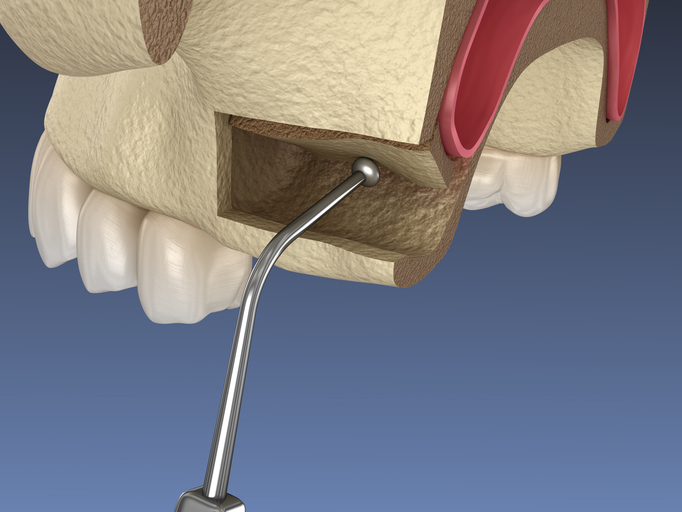
Using combination method with sinus augmentation

A combination strategy could improve the outcomes of maxillary sinus augmentation.
In a study published in Clinical Implant Dentistry and Related Research, researchers used a split-mouth model to examine the efficacy of using deproteinized bovine bone material alone or in combination with horizontal centrifugation-obtained platelet-rich fibrin among 13 patients who underwent bilateral maxillary sinus augmentation.
After a healing period of four months, the researchers found that the combination treatment resulted in greater new bone formation. Compared with those who received deproteinized bovine bone material alone, the patients who received the combination treatment also experienced presented with higher bone volume and connectivity density.
Despite the positive findings, the researchers noted that further studies will be needed to better understand the long-term outcomes of combining deproteinized bovine bone material with horizontal centrifugation-obtained platelet-rich fibrin.
Read more: Clinical Implant Dentistry and Related Research
The article presented here is intended to inform you about the broader media perspective on dentistry, regardless of its alignment with the ADA's stance. It is important to note that publication of an article does not imply the ADA's endorsement, agreement, or promotion of its content.